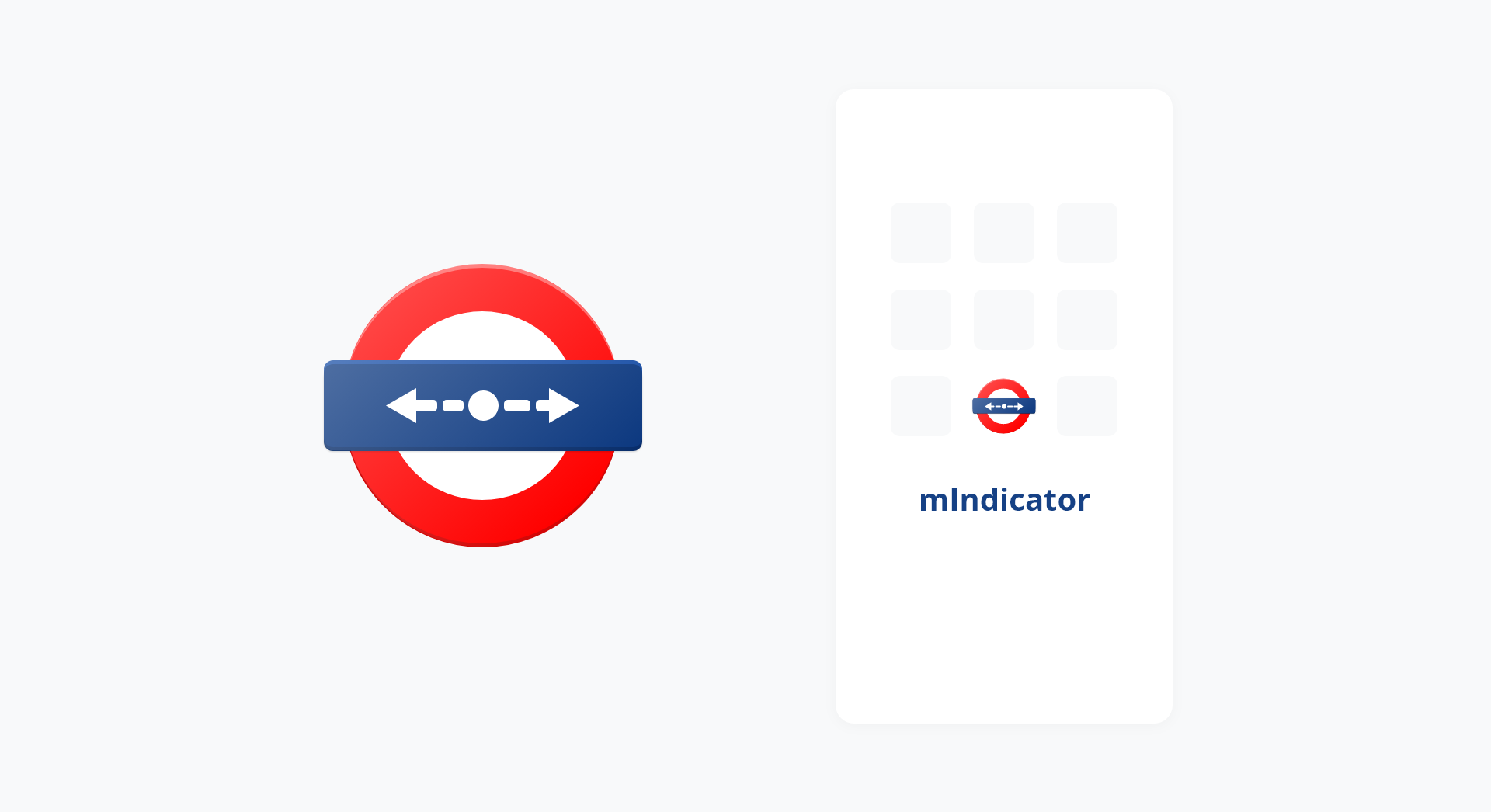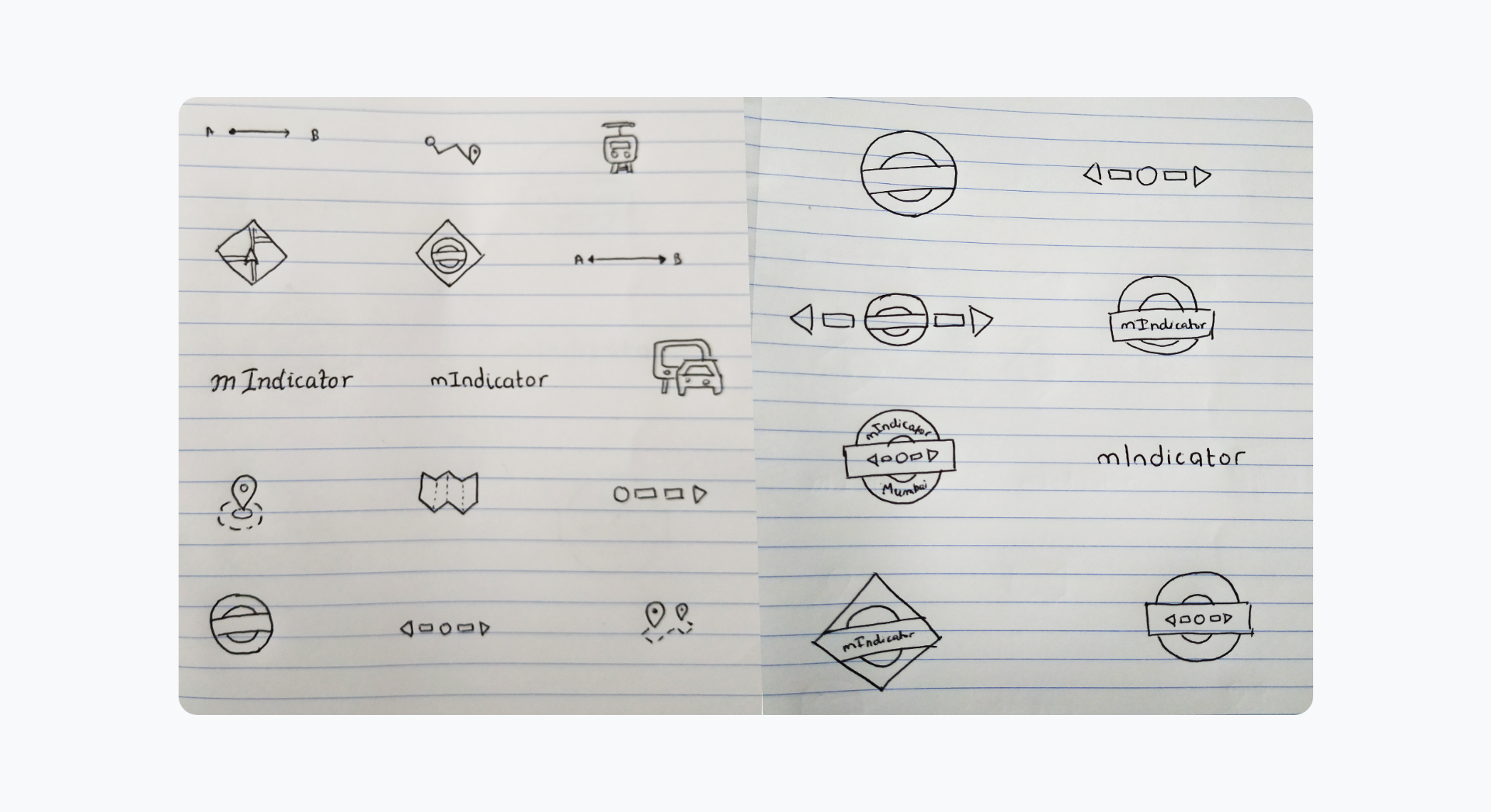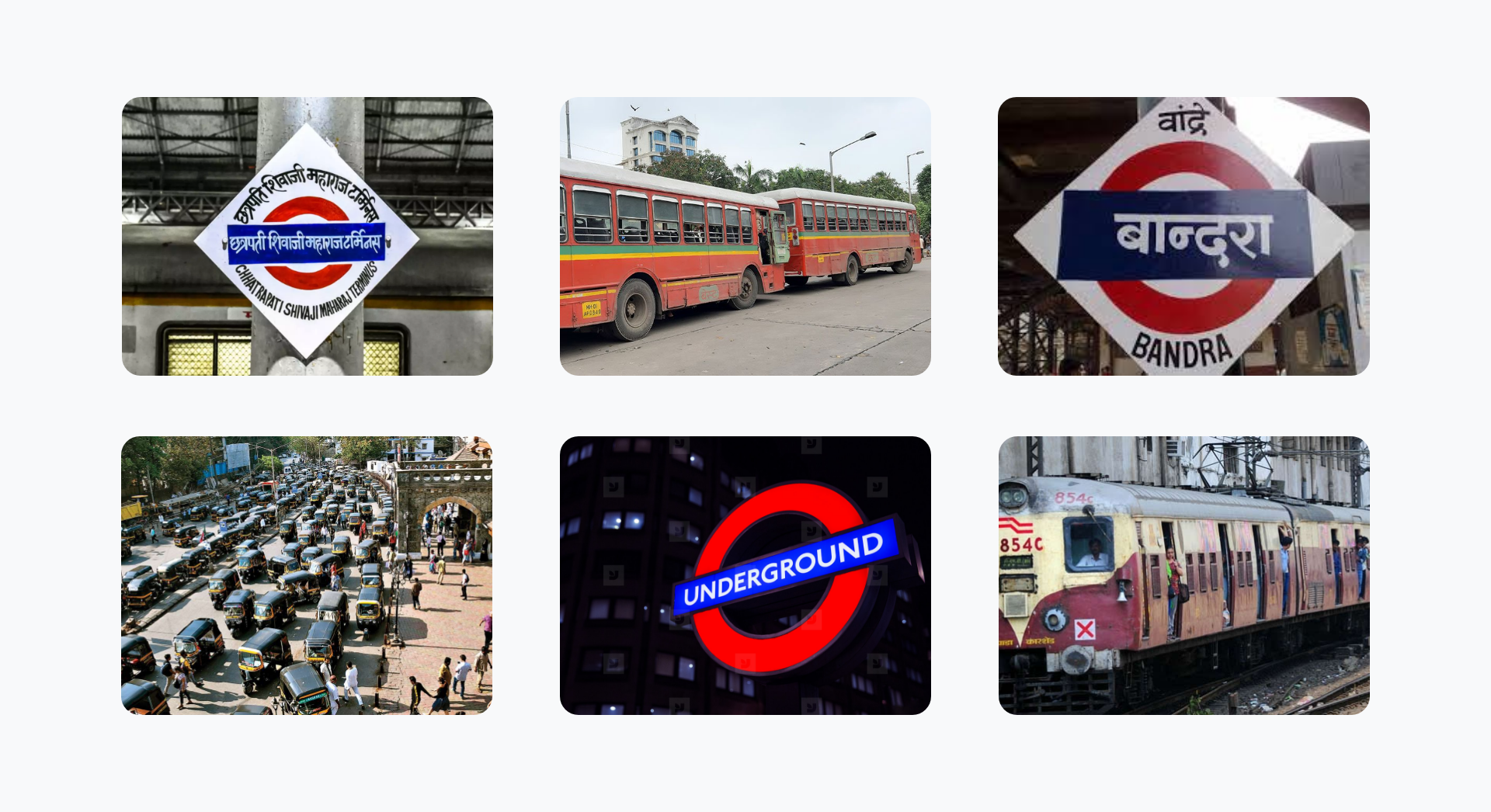Powering Mumbai's railway commuters.
Research and Branding
//
Consultant

Introduction
mIndicator is a popular transit app used by millions of people every day in Mumbai, providing a range of information such as routes and timings for buses, trains, the underground, and more. I was initially introduced to the team at a Google Partner Design Sprint, where I was a mentor, and had the chance to provide a brief holistic UX audit of the product. Post that, I continued that mentorship for a few weeks, until I was asked to spearhead the rebranding effort, a project I was well positioned to undertake given my weeks of hands-on experience with the product.
Research
Going into the project, I was biased towards a certain outcome by the founding team, but nevertheless, I was determined to get independent and unbiased opinions of the product from its users. I employed the traditional stereotype content model to understand brand perception, and after conducting some field interviews with questions centered around trust. reliability and confidence in mIndicator, the findings showed that the general opinion of first impressions among non-users was high on warmth but low on competence, while existing users regarded it as high on warmth as well as competence.
The existing branding employed a railway signage shape as a backdrop for the product name, and while it captured the essence of the messaging and catered to the majority use case of mIndicator, it was far from complete. However, the general look resonated well with everyone surveyed and I was careful not to fix what wasn’t broken, and instead work on the familiar look that millions of people were used to. One of the changes that the stakeholders as well as the consumer base wanted was moving the product name out of the logomark and having it as a separate logotype, and finding something that symbolized the product’s impact was the starting direction.
 Exploring the symbolic representation the city’s lifeline
Exploring the symbolic representation the city’s lifeline
Moodboard
The core intent of the product was getting people places, and inspiration was drawn from people’s lives rather than existing product identities. I spent a lot of time on the field, talking to people for a few hasty minutes during their daily commutes, and some longer snatches while they waited for the next bus or train. I put together a few ideas on a moodboard that inspired me from those conversations.
The two key things that stood out to me were that one, the train network in the city was the lifeline of the millions who moved through the city through the day, and its speed, reliability, and capacity made it the commute method of choice for a majority of commuters. Two, in almost every single journey, the train network itself wasn’t enough due to limited last-mile connectivity. The daily journey involved multiple methods of transportation, starting with a train and ending either with a bus, an overground or an autorickshaw.
After some experimentation, the double-sided arrow emerged as a clear frontrunner, with sections indicating the multifaceted nature of transit options people use and mIndicator provides.
 Inspired not just by the urban and suburban rail, but also by getting people places
Inspired not just by the urban and suburban rail, but also by getting people places
Design
A few iterations of experimentation and variation gave us the below logo as a clear favorite, among stakeholders as well as users, and the next step was optimizing the logomark and wordmark for a variety of media. This stage of the exercise involved optimizing the logo to work independently as well as with the wordmark across print and digital media, ensuring little to no loss of fidelity in the reproductions.
Impact
The rebranding effort resulted in a widely used product now having a strong visual identity that was iconic and widely remembered. The app is still the go-to for commuters in Mumbai, expanding its coverage to more transport methods that the city offers and even venturing into other cities, being used by over 10 million users to ease their daily commute.